What causes ice sheets and glaciers to expand? Despite movies may show it as a simple and fast phenomenon, ice ages are driven by a complex and interconnected set of factors. Here’s a guide of key questions and answers to try to get a better understanding of this extremely important geological process.
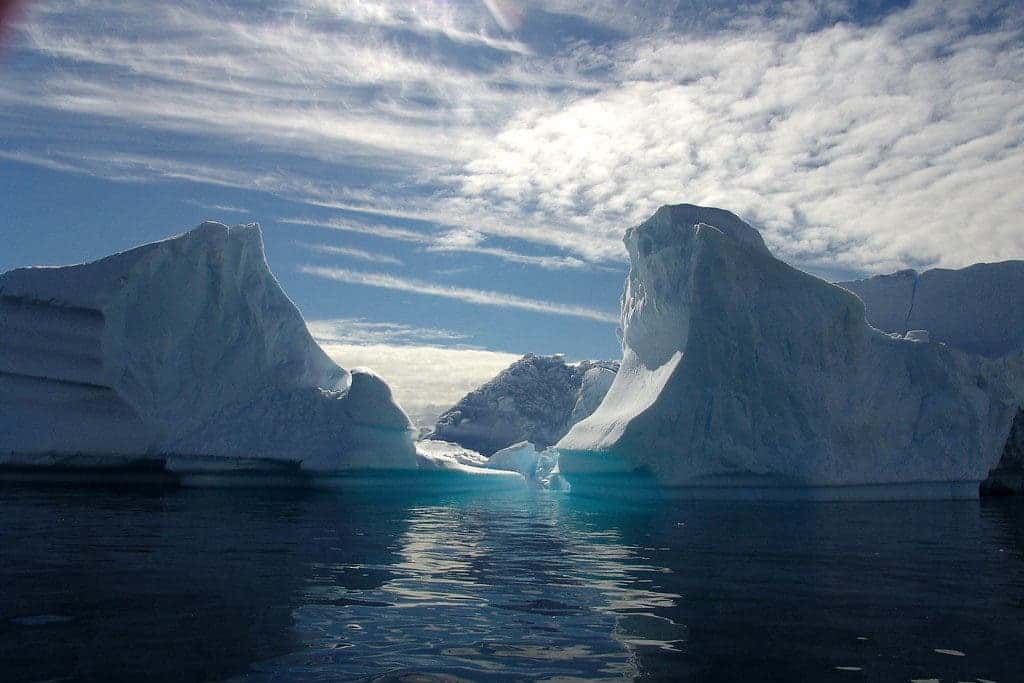
What’s an ice age?
Let’s start with the basics.
Over long periods of time, the temperature of the Earth fluctuates between a cold phase (an ice age) and a warmer, interglacial phase.
An ice age is a time where a significant amount of the Earth’s water is locked up on land in continental glaciers. During the last ice age, which finished about 12,000 years ago, enormous ice masses covered huge swathes of land now inhabited by millions of people. Canada and the northern USA were completely covered in ice, as was the whole of northern Europe and northern Asia. In Europe, Britain was connected to the rest of the continent through an area called Doggerland, and on average, the Earth’s average temperature was about 12 degrees Fahrenheit (6 degrees Celsius) colder than it is today.
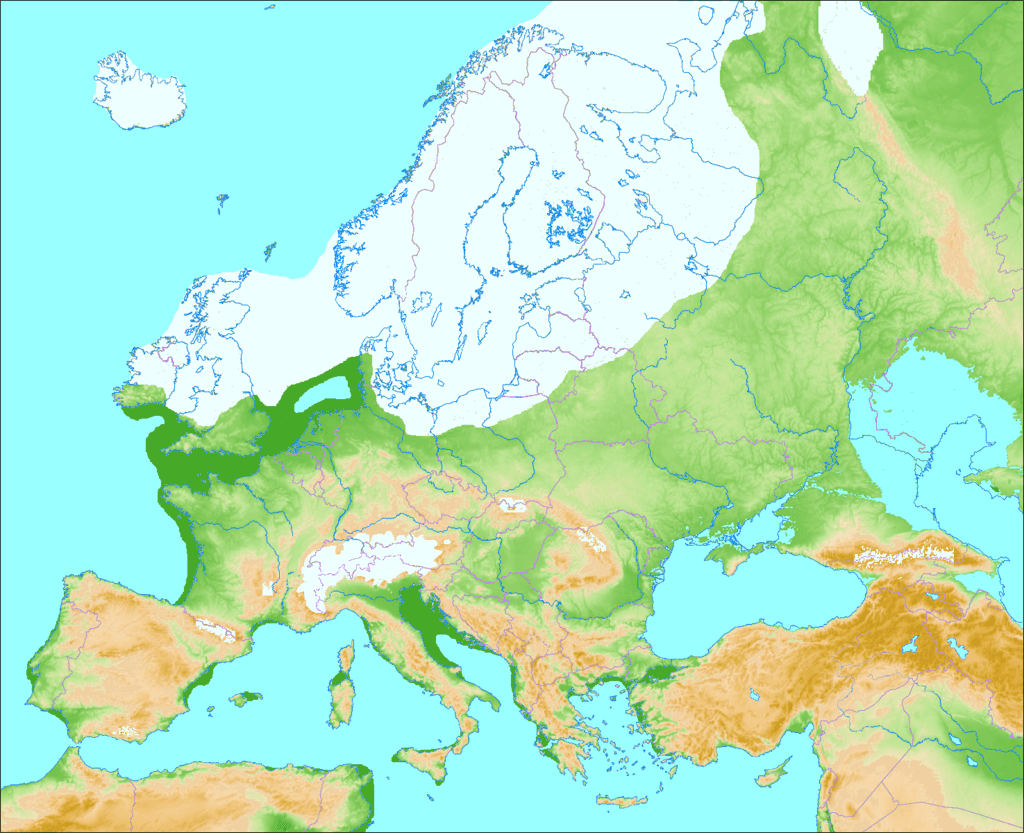
At the moment the Earth is in an interglacial period — a short warmer period between glacial periods. The Earth has been alternating between long ice ages and shorter interglacial periods for around 2.6 million years. For the last million years or so these have been happening roughly every 100,000 years – around 90,000 years of ice age followed by a roughly 10,000-year interglacial warm period.
Within the ice ages more temperate and more severe periods occur. The colder periods are called glacial periods, the warmer periods interglacials — this is the period in which we are living now.
It should also be said that different disciplines sometimes use some different terminology. In glaciology, ice age implies the presence of extensive ice sheets in both northern and southern hemispheres. In most cases, the term “ice age” refers to the geological period called the Pleistocene, which lasted from about 2,588,000 to 11,700 years ago. The Pleistocene spanned the world’s most recent period of repeated glaciations — these glaciations are sometimes also called ice ages, though the term is improper.
Why does an ice age happen?
There are many aspects related to ice age onset, but if we want to truly understand this phenomenon, we have to look outside of the Earth itself and onto its orbit.
The main cause of ice ages is connected to something called the Milankovitch cycle. The Milankovitch cycle refers to the collective effects of changes in the Earth’s movements on its climate over thousands of years. Very small changes in the Earth’s orbit shift the angle at which the Sun’s rays hit the Earth. While this may seem like a small thing, it actually has a huge impact.
Even small tilt changes of the Earth can change the planet’s temperature by several degrees. When the tilt is low, ice sheets grow and snow continues to accumulate. When the tilt is high, the ice sheets melt away. Since then the tilt has reached a maximum of 24.2 degrees (10,000 years ago), current the Earth’s tilt measures approximately 23.5 degrees — and as a result, large ice sheets are restricted to the polar areas.
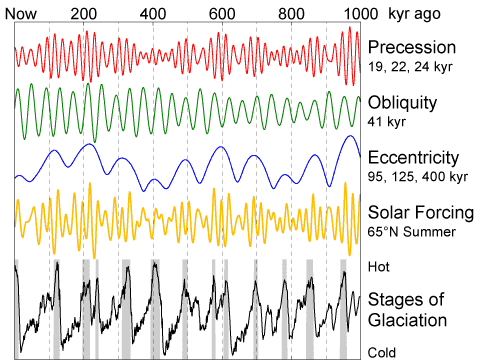
It’s not just the tilt — other factors about the Earth’s orbit can play a role. The three main orbital parameters are:
- eccentricity (how circular the Earth’s orbit around the Sun); this varies with periods between 400,000 and 100,000 years.
- obliquity (how tilted the Earth is with respect to its orbit); this varies with a period of around 40,000 years.
- precession (changes between the distance of the Sun and the Earth in over the same season); this varies with a period of around 23,000 years and is particularly important around the Equator.
Having 3 major factors with different time periods leads to some hard-to-predict interactions, but the ice ages we know about can generally be traced back to these factors. The 100,000-year cycle seems to be the most significant one, and also coincides with interactions between 40,000 and 20,000-year cycles — it’s basically when all the factors “team up” to play their part. However, this is still an area of active research.
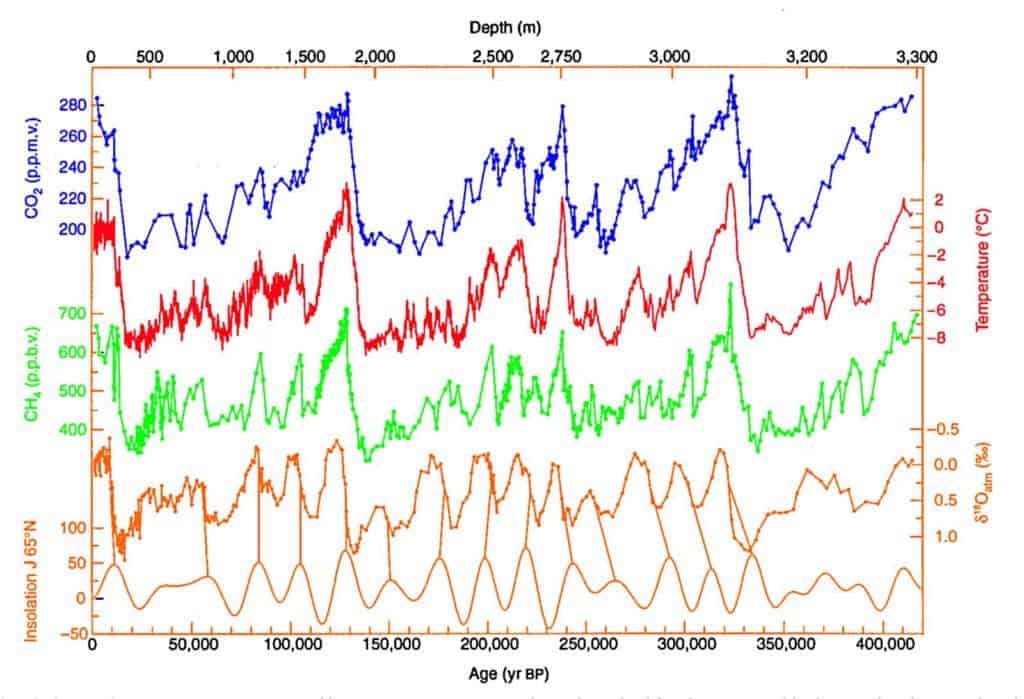
More to this story
Still, things aren’t really all that simple. It actually takes thousands of years for an ice age to begin, and things are not always neat and clear.
Ice ages are triggered when summer temperatures in the northern hemisphere fail to rise above freezing for years. This triggers a snowball effect: winter snowfall doesn’t melt, builds up, compresses, and over time starts to compact, or glaciate, into ice sheets. This further accentuates the cooling, as snow and ice have a higher albedo, meaning they reflect more of the solar energy and cool down even more.
Over thousands of years, these ice sheets start to build up. They seem to start out in the northern areas like Canada or Russia and then spread out across the northern hemisphere. The onset is, again, related to the Milankovitch cycles — but these changes in the Earth’s tilt and orbit combine are complemented by other geological factors to favor the emergence of ice ages.
When all these factors align so the northern hemisphere gets less solar radiation in summer, you have all the ingredients needed for an ice age.
Glacials are characterized by cooler and drier climates over most of the earth and large land and sea ice masses extending outward from the poles. Mountain glaciers in otherwise unglaciated areas extend to lower elevations due to a lower snow line
Could there be more factors involved?
We have the rough picture pretty well drawn out, but there are still some details missing. For instance, the position of continents, which is affected by plate tectonics, can also influence ice ages, as they control the circulation of the oceans and the atmosphere which in turn, affects how ocean currents carry heat to high latitudes.
The atmospheric composition (which can also shift somewhat in geologic time) is another important parameter.
Scientists at the Potsdam Institute for Climate Impact Research (PIK) in Germany have shown that the onsets of past ice ages were triggered mainly by decreases in carbon dioxide and that the dramatic increase of carbon dioxide in the atmosphere, because of human-caused emissions, has likely suppressed the onset of the next ice age for up to 100,000 years.
“Like no other force on the planet, ice ages have shaped the global environment and thereby determined the development of human civilization,” Hans Joachim Schellnhuber, former director of PIK, said. “For instance, we owe our fertile soil to the last ice age that also carved out today’s landscapes, leaving glaciers and rivers behind, forming fjords, moraines, and lakes. However, today it is humankind with its emissions from burning fossil fuels that determines the future development of the planet.”
Nevertheless, while some aspects may be more difficult to assess, the overall processes are pretty well understood.
What impacts have ice ages had on the planet?
Today, less than 10% of our continents are covered by ice, but that figure has been as high as 30% in the past.
Ice ages caused enormous changes to the Earth’s surface. Glaciers are not static — they reshaped the landscape by picking up rocks and soil and eroding hills during their unstoppable push, their sheer weight razoring the Earth’s crust. As temperatures dropped in areas adjacent to these ice cliffs, cold-weather plant life was driven to southern latitudes. These processes tend to create spectacular scenery which can be seen in many parts of Canada, Scandinavia, and the Alps.
Meanwhile, the dramatic drop in sea levels enabled rivers to carve out deeper valleys and produce enormous inland lakes, with previously submerged land bridges appearing between continents. Upon retreating during warmer periods, the glaciers left behind scattered ridges of sediment and filled basins with melted water to create new lakes.
During the last ice age, which ran from about 110,000 years ago to 10,000 years ago, the lower sea levels allowed humans to move out across the entire world. While there was still some water between Asia and Australia it took just a few short canoe trips to bring the first humans to Australasia.
The world’s ecosystems also try to adapt to these climatic changes. Some creatures survive and adapt, others don’t. The extreme glaciation periods put extreme pressure on species, who devise adaptations for the colder or warmer periods.
Human evolution is also interlinked with the fluctuating ice sheets.
How do we know ice ages happened in the past?
Scientists have a variety of methods they use. Evidence for the more recent ice ages comes from changing sea levels in the past, which can be seen by looking at coral reefs or modern landscapes, as well as samples conserved in glacial ice over millions of years.
Ice core records provide invaluable information on changes in temperature and greenhouse gases over the last 800,000 years. If we want to go back even further into the past, evidence for ice ages in the last tens of millions of years is predominantly seen in ocean sediments.
And for the deep time ice ages that occurred tens to hundreds of millions of years ago, scientists use the geological record where the story of sea level and climate can be unraveled by analyzing rocks of various ages.
How many ice ages have happened so far?
At least five major ice ages took place in Earth’s history. These include the Huronian, Cryogenian, Andean-Saharan, Karoo, and the Quaternary ice ages.
The Huronian Ice Age is dated to the early Protezerozoic Eon, roughly 2.4 to 2.1 billion years ago. The Cryogenian Ice Age lasted from roughly 850 to 630 million years ago and was perhaps the most severe in Earth’s history. The Andean-Saharan Ice Age occurred during the Late Ordovician and the Silurian period (roughly 460 to 420 million years ago).
The Karoo Ice Age is attributed to the evolution of land plants during the onset of the Devonian period (ca. 360 to 260 million years ago). The current ice age, known as the Pliocene-Quaternary glaciation, started about 2.58 million years ago during the late Pliocene when the spread of ice sheets in the Northern Hemisphere began. Since then, the world has experienced several glacial and interglacial periods.
Approximately a dozen major glaciations have occurred over the past one million years, the largest of which peaked 650,000 years ago and lasted for 50,000 years.
The Earth is currently in an interglacial period, and the last glacial period ended about 10,000 years ago. What remains of the continental ice sheets that once stretched across the globe are now restricted to Greenland and Antarctic, as well as smaller glaciers
What would happen if a new ice age occurs?
While we may have delayed the onset of the next ice age, for now, a new one would have significant consequences for human civilization. Besides the fact it would be an awful lot colder, huge regions where hundreds of millions of people live would become completely uninhabitable. They’d be covered in thick ice sheets and subject to an inhospitable climate.
There would be a lot less agricultural land available, so it would be very difficult to support the human population. The physical shape of the continents would look completely different across the whole planet. Plus, a huge drop in sea level of up to 120 meters would close down marine channels – the Mediterranean Sea, Torres Strait, Bass Strait, and Bering Strait – and create new areas of land that could be used for habitation or agriculture.
Nevertheless, this is not really a matter of concern. As mentioned, the onset of ice ages is a geological process — it takes a really long time and is very gradual.
Which leads us to our final point.
Don’t blame man-made climate change on natural processes!
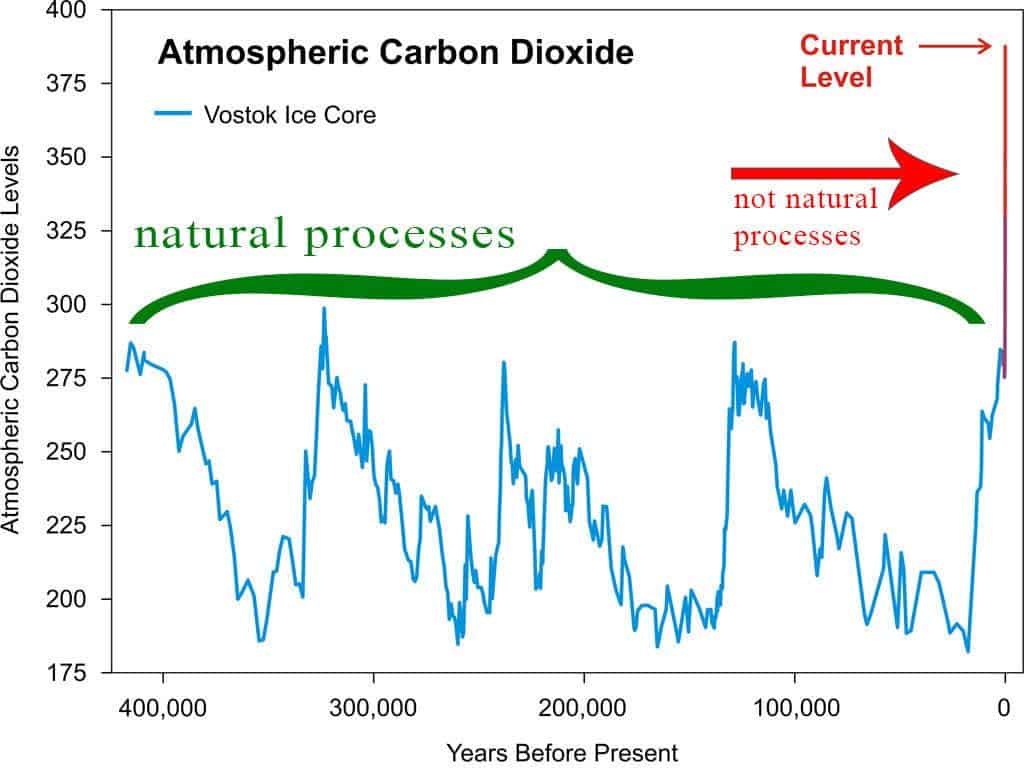
The world’s climate is currently heating up. This is not a natural process — there is ample and conclusive evidence that this process is caused by man-made greenhouse gas emissions.
However, although there is a scientific consensus on this issue, disinformation campaigns have been successful in spreading climate change denialism and doubts. “Climate change is natural” is one of the favorite quips of climate change deniers — but this is not the case here.
Climate does change naturally, and ice ages and glaciation periods are excellent examples of that. We are also currently in a warming phase. However, it is a simply incorrect to use this as an argument to suggest that the current climate heating is natural — it’s not.